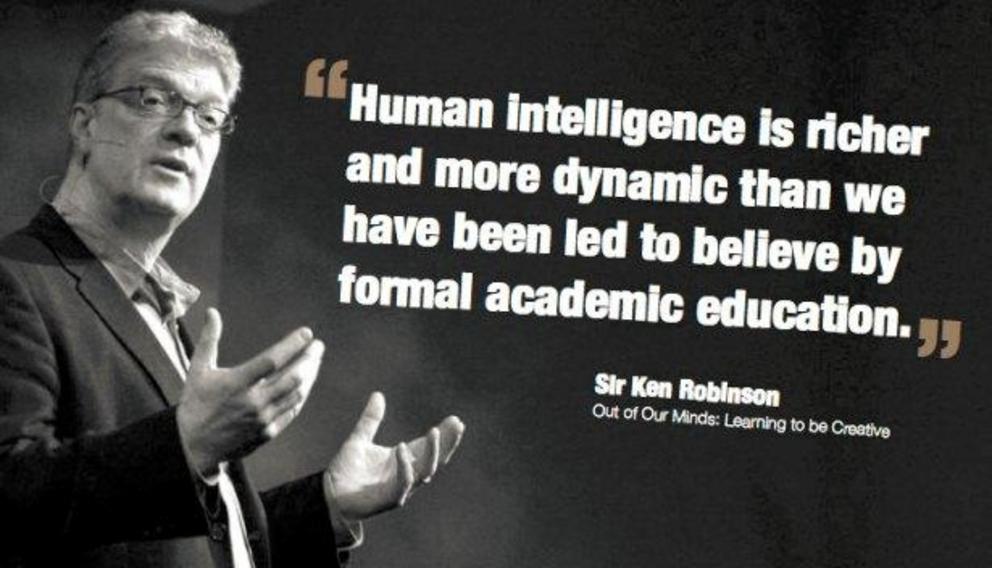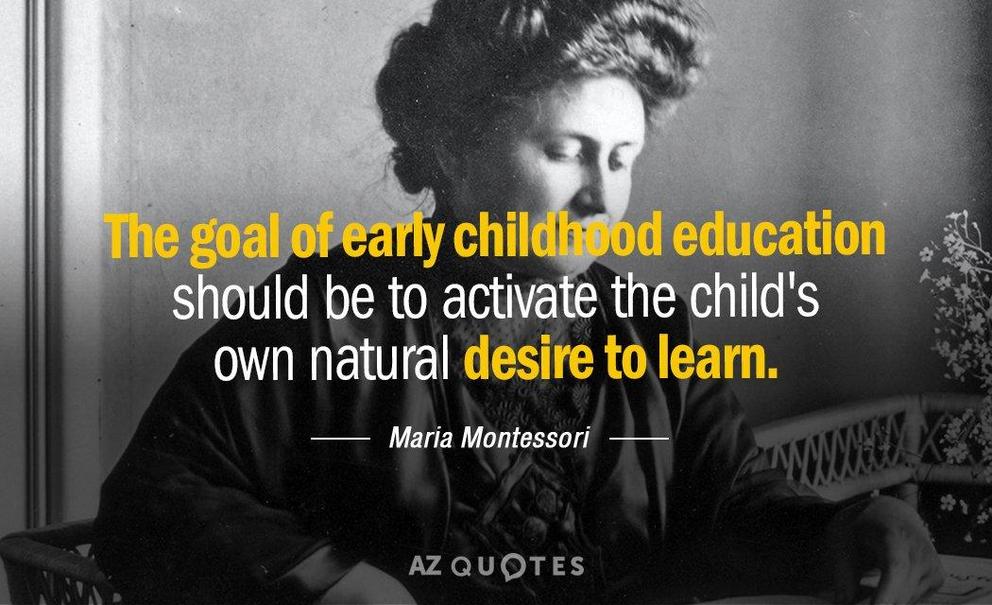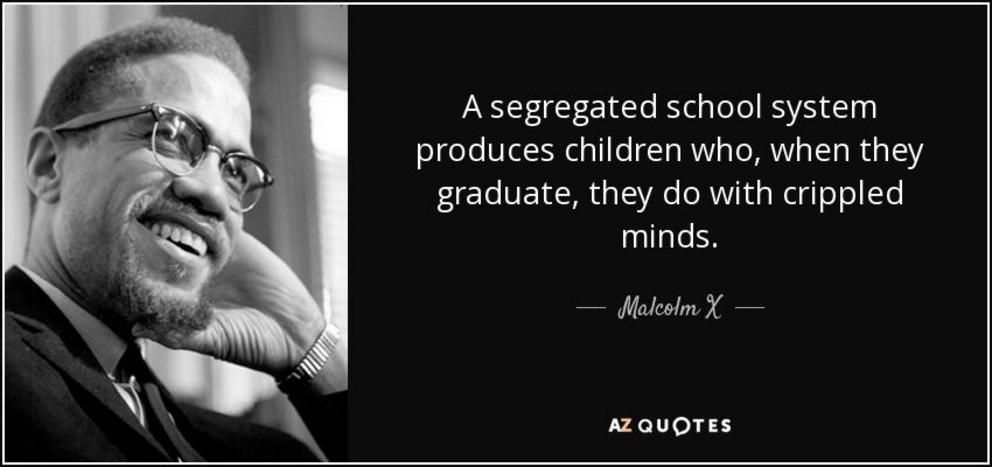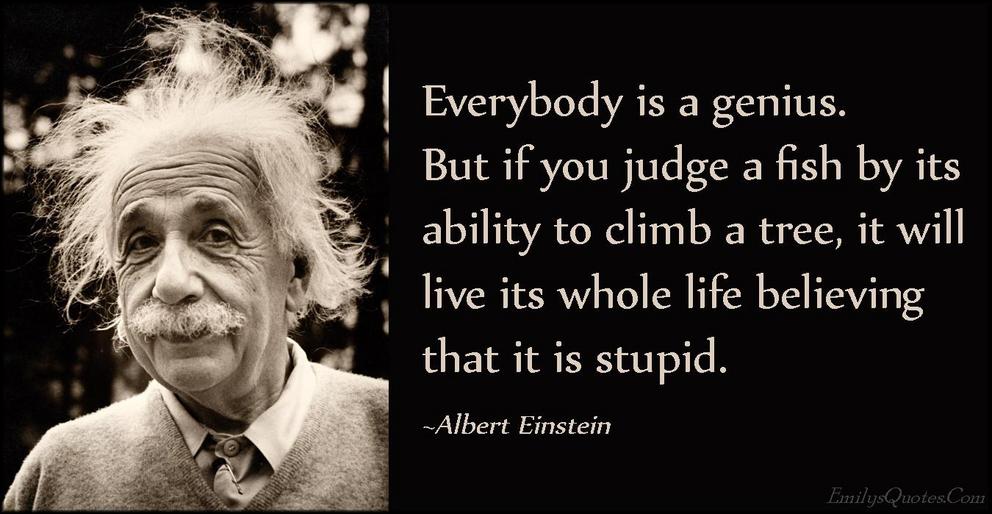School kills every child’s creative abilities: here’s how
How School Kills our Creativity
If you want to hear an unpleasant truth, some children are not cut out for school. Or are they? What about those college drop-outs who have made a successful career in the field of entertainment, literature, arts, social media, and online marketing? How about those who after expulsion from the school due to continuous failure to get a passing grade in most subjects, and had been constant subjects of ridicule among teachers and students yet somehow managed to become one of the world’s most successful entrepreneurs? Could it be that something is missing or wrong in the educational system that fails to tap on the students’ desire to learn and ultimately excel? According to Sir Ken Robinson, a creativity expert, school kills creativity. He further asserts that give or take a few years of introduction to our current educational system and children will lose their natural abilities to be creative.

The Mind Inside a Box
If you give this some serious thoughts, the situation will make you wonder. How come only a few excel at school, most make it through, more students are below average in their performance at school, and those who were among the “worst” students soared high when released from the four-walled corners of a classroom. Even at an early age, children are generally full of life and energy especially when their curiosity is piqued leading to an expressive and imaginative mind. By definition, creativity is the ability to “create something original and useful.” Creative children will find ways in expressing this innate ability in many forms such as performing arts, visual arts, academically, in arithmetic, emotional intelligence, reasoning, and other outlets that showcase above-average disciplines, strength, or talent. School kills creativity by encouraging conformity among students. To a certain extent, the school allows its students to express their creativity but with restrictions by conforming intellectually, socially, and so on.
When children are given a coloring activity, expect it to be a canvass of kaleidoscopic beauty because each child will have a different version of how they see things. Grass may be violet, blue, or tangerine but it doesn’t make the creative work wrong. Perhaps one of the most popular modes of teaching is the one formulated by an Italian woman – who was the first-ever recipient of a medical degree. She founded her school and employed the fundamental principle that it is first and foremost the teachers’ task “to release the child’s natural individuality, to arouse their interest with special games and desires, and to let them teach themselves.”

The Curbed Creativity
The definition of creativity alone is enough to know how school kills our creativity because of its strict and conventional environment where everything is written in black and white, and children are expected to sit still, keep quiet, listen carefully, memorize, and observe the sets of dos and don’ts. Consequently, this environment will produce poor problem-solvers. Why? Students are not given the right freedom to explore and express creatively by setting a standard as to how things should be done.
Take for example a mathematical problem. Two students arrived at the similar answer, but their methods are entirely different. So then the teacher gives 5 points to the student whose solution was based on the formula written in the textbook. The other student got nothing since the formula wasn’t used. While it’s good to do things by the book, you cannot underestimate a mind that thinks to reach the same answer but trying out different ways to solve it. Now it would be different if the child guesses the answer, but it’s entirely different when the child can come up with another way of solving a problem that always results in the right answer.
Unfortunately, this capability is not allowed due to the school standards. Children need an environment where they can maximize their potential in creating something of substance. The country has the “No Child Left Behind” Act with the hopes of seeing academic improvement or progress among poor children through federal government funding. But why is it that the schools are not producing students who are more curious than ever or still lacking on opportunities for students’ divergent thinking?
The Essence of Shift in Paradigms
Maybe someone is missing an essential part of creativity. This is not something a child can merely memorize, and voila! They become creative individuals instantaneously. Neither can you buy a particular “creativity kit” and become creative. Children need the fascination and curiosity burning alive and not just simply read to boredom and take the exam with the sole purpose of making through the school year. And then what happens next? Instead of being in an institution that supports individuality, ignites the excitement and curiosity to learn, and promotes expression of creativity, our school system dims the light out of a curious child’s eyes due to pressure and trapping their freedom to express in the ways they best know how.

It takes more than teaching in facilitating creativity at school. We need to have a 390 degree shift not just in the structural but also in procedural paradigms as well. After the complete shift, this time there should be an avenue that promotes collaboration, interdisciplinary exchange, diverse environment, resources & time, acceptance of failure, as well as encouragement of failure. At this point, children do not only learn the what, why, and how of learning but they will also be equipped with the right attitude when a tumbling block comes in the way, taking failure as an opportunity to try again and do better all over again.
Suppressing an Innovative Mind
Perhaps one of the boldest education innovators is Sir Ken Robinson who received a knighthood back in 2013 given by Queen Elizabeth II. He is a is also an innovator on how learning in school must be approached, author of bestselling books, and a constant speaker at TED talk events. During one of his speaking engagements at TED talks in 2006, Robinson asserted that the school system is primarily focused on producing university professors from the very start. His claim sounded farfetched, but his argument is fascinating citing the system is rewarding those who silently follow orders in reading and absorbing information while being slaved away in classwork and notes while seated at their desk.
This is how the school kills our creativity as he claims because there are those who respond positively to unconventional schooling from the start. During those times when science was not as advanced as it is today and persons with ADHD were not properly diagnosed yet, it took a different approach from an educator to produce a successful choreographer from an energetic, fidgeting child. If the school system operates in a manner where it is tailored to the conventional approach in teaching, then every school will produce individuals who are satisfied with simple thinking to come up with a simple solution. Where would the next generation go to if our school will not be able to produce graduates with the ability to think creatively without fear of failure? You will never be as fearless as a young child, but you can be someone who doesn’t fear challenges and taking risks knowing something far more important will come out of your endeavors.
Education Transformation Towards Revolutionized Education
The mind is a strong motivator but so does your surroundings. When the learning process is confined to the conventional form of academic learning, it will result in a vicious cycle of being cautious in everything you do for fear of being wrong or failure. You tend to have a single answer to all questions and reminded of the mistakes you did without acknowledging the right things. How do we solve this then? If the changes the government and the school system have been waiting for comes as a lightyear speed, wouldn’t it be right to try one change at a time to find the perfect approach that fits and benefits everyone? The world needs creative thinkers, and the only way to produce such is to develop a better and creative approach in their learning conditions and environment.
Robinson’s argument doesn’t include the subjects included in the STEM as well as other topics within the same scope. He stresses out the importance of the perfect balance between learning to be wrong and creativity. In other words, he insists on the placement of creative subjects to be on equal footing with those conventional topics children are accustomed to in learning. The ultimate question would be, what purpose would education serve when not everyone wants to become a professor or can be a professor. There is no need for more of standardized testing and linear thinking where students are almost programmed to memorize facts without understanding the fundamentals, or simply following instructions rather than thinking critically and formulating assumptions to reach the answer.
The reality is there is no single fix in revolutionizing education, and one must understand that this will never be an easy feat. There is a need to acknowledge the good things in the present educational system; it’s just that we need to keep up with the ever-changing world. There is a need in personalizing education and enriching the concept on how learning should be to provide different ways towards innovative learning. With the advancement of technology, various resources are easily accessed within a short time for educators to use within the course of their teaching. We need an environment for students with a genuine interest and happiness to learn and finally achieve improving their education and producing emotional and academic intelligent individuals ready to face the demanding and challenging world of employment.


